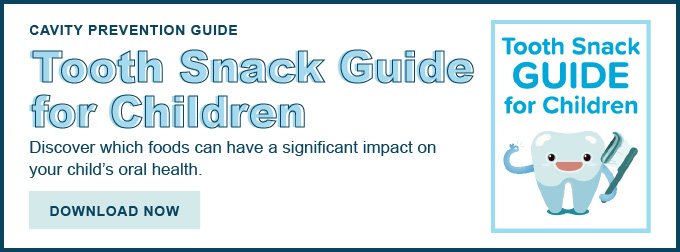Why Hasn’t My Kid Lost a Tooth? If your child hasn’t lost their first tooth…
Tooth Decay: An ‘Eggciting’ Science Experiment for Kids
Tooth Egg Experiment
If you’re looking for a fun way to teach your children about tooth decay and proper oral health, it’s time to do the Tooth Egg Experiment. The classic experiment is one that many of us can remember doing in our youth. It shows how an acid attack can destroy the enamel, or the outer surface of our teeth. The materials required are commonly found in most households; so most parents won’t have to sweat a trip to the store.
Ready for a Dental Checkup With a Pediatric Dentist?
Call Our Muscatine Office (563) 607-5979
Materials for the Tooth Egg Experiment
- White Eggs (one for each liquid tested, we recommend at least three)
- Soda Pop
- Diet Soda Pop
- Tap Water
- Vinegar
- Clear cups
Directions
- Make hard boil eggs. Place the eggs in a pot of water and ensure there is enough water to cover the eggs as the water boils off. Bring the water to boil over high heat, once boiling cover the eggs, and remove them for heat and let them sit for eight to ten minutes. Drain the water, and allow the eggs to cool.
- Place each egg in a clear cup.
- Add each selected liquid to the cups individually and ensure the liquid covers the eggs
- Let the eggs sit for 2-3 days
- Remove the eggs and inspect them for changes! Your kids will be amazed.
Discuss The Results
Understanding the results of the Tooth Egg Experiment is important. Each liquid can provide important information on how certain liquids affect our teeth. The egg in water will have no changes, this is because the acidity (pH) of water is very close to the resting pH of our body. Water will not breakdown our teeth, and is one of the healthiest liquids we can drink.
The soda pop will cause some softening of the outer shell of the egg, but not as much as the vinegar. Most notably the soda pop will cause a discoloration of the white egg; especially if the soda pop is dark. The acid content of soda pop can lead to the demineralization, or weakening, of our tooth enamel.
Lastly, the acidic content of vinegar shows the damage that is done to our teeth during an acid attack. Each time we consume a sugar or starch, bacteria in our mouth will utilize it to create acid. This acid is represented in the Tooth Egg Experiment by vinegar. The acidic vinegar breaks down the minerals in the egg’s shell just as the acid does to the outer shell of our tooth. After a few days there is almost no shell remaining.
As each of these experiment variations showcases the potential for tooth decay, discuss the results with your children and talk about healthy food choices and the importance of a balanced diet.



